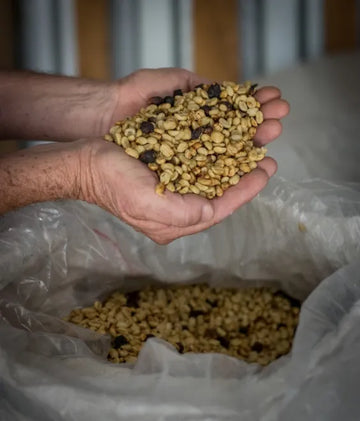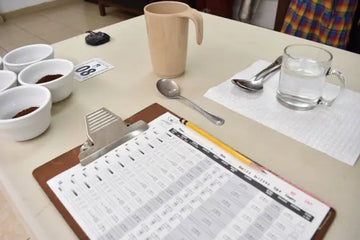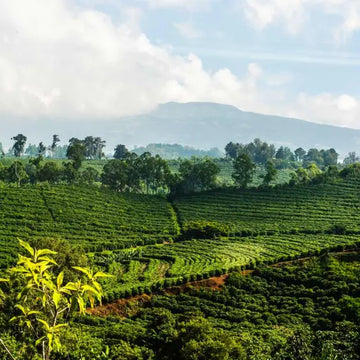When someone says Costa Rica, what comes to mind? For those who’ve heard of it, probably images of lush beaches, tropical forests, and peaceful people. And yes, that’s our touristic image. But if we say Costa Rican coffee, do you think, perhaps, of Tarrazú? …though coffee from this land has much more to tell.
We are not Colombia or Brazil, nor Kenya or the mythical lands of Ethiopia, but Costa Rican coffee is truly special. Here are three reasons we hope will inspire you to enjoy a cup from this small Central American country of just 51,100 km².
Coffee runs in our veins
Before coffee became part of Costa Rica’s economy, the country had little development. In fact, coffee arrived even before independence in 1791. Historical records say they were Arabica Typica plants brought from Martinique.
By 1820, the first shipment of coffee was exported, and from there, both coffee and the country began to grow. To coffee we owe infrastructures like the railroad, electricity, and even the National Theater.
Today, coffee is no longer the dominant export it once was, but thousands of families still dedicate themselves to it, increasingly specializing in quality: all coffee is hand-picked, grown between 800 and 2,000 meters above sea level, and to this day, only the Arabica species is cultivated.
Did you know that depending on where it’s grown, the flavor changes?
Because of Costa Rica’s unique microclimates and varied soils, coffee can offer very distinctive flavor nuances. With 200 years of experience, producers have specialized in their regions, selecting the varieties and methods best suited to their farms. The ICAFE (Costa Rica Coffee Institute) has mapped these regions and defined eight, each with a distinct flavor profile:
-
Tres Ríos: balanced cup
-
Turrialba: light body
-
Brunca: caramel notes
-
Guanacaste: low acidity
-
Orosí: floral with a bitter touch
And three of them are present in Fudi & Co coffees:
-
Western Valley: balanced and floral cup
-
Central Valley: chocolate notes and fine acidity
-
Tarrazú: fruity, citrus acidity, aromatic
The brave coffee growers
The most important part of the coffee industry has always been (and still is) in their hands. Costa Rican coffee farmers are deeply rooted in their heritage and their land.
According to ICAFE, 92% of producers own less than five hectares, representing 44% of the country’s coffee-growing area. Many deliver their harvest to large beneficios, others form cooperatives (key in each region), and some take it a step further—creating their own micro-beneficios.
Although each region faces different challenges and produces unique flavors, they all share the same conviction: to work for quality. Costa Rican producers are known for innovation and environmental care through sustainable practices. Most of the coffee grown is Caturra and Catuai, though more and more farmers experiment with new or hybrid varieties with improved characteristics.
Their pursuit of quality and differentiation has brought them into the third wave of coffee, where consumers pay for coffee with traceability—sometimes down to the very plant.
This entrepreneurial spirit and search for added value in a fluctuating market has led many to develop micro-processing, handling their own fruit. And they don’t stop there—these small producers have been pioneers of the famous honey processes, semi-washed, double-washed, naturals, or even more daring ones like anaerobic fermentation. Each method gives the coffee a unique flavor profile.
So, have we convinced you to crave a cup of our coffee? If s






